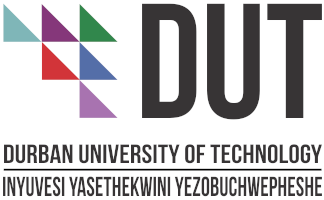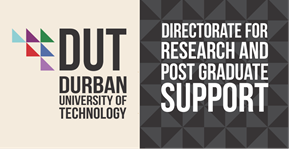Evaluation of Managerial Tools for Preventing and Controlling Cyber-Loafing Among Administrative Staff: A Case Study of a Selected Municipality in KwaZulu-Natal, South Africa
DOI:
https://doi.org/10.51415/ajims.v6i1.1374Keywords:
administrative staff, cyber-loafing, deterrent mechanisms, general deterrence theory , management toolsAbstract
Organizations have implemented systems to address cyber-loafing, but these measures are often insufficient to completely prevent employees from engaging in such activities. Consequently, the role of managers in mitigating cyber-loafing becomes crucial. However, the specific strategies employed by managers to reduce and control cyber-loafing remain unclear. This paper aims to evaluate the tools used by managers to prevent and control cyber-loafing among administrative staff in the workplace. The paper proposes effective measures to mitigate this phenomenon. The study employed a mixed-method approach, combining qualitative and quantitative research methodologies. Purposive sampling was utilized, with a sample size of 156 administrative staff for the quantitative study and 11 managers and supervisors for the qualitative segment. The quantitative data revealed that administrative staff use company internet and computers to perform cyber-loafing activities. Managers and supervisors can apply various tools, including software monitoring systems, internet policies, and employee monitoring, to control cyber-loafing activities. The General Deterrence Theory (GDT) framework was used to explain the tools used to curb cyber-loafing in the study under investigation. Additionally, other deterrent mechanisms and organisational control measures are identified and discussed in specific instances. This research contributes to a comprehensive understanding of the role of managers in addressing cyber-loafing and proposes practical tools and strategies that can be implemented by organisations to effectively mitigate this phenomenon. By enhancing managerial approaches to cyber-loafing, organisations can improve productivity and ensure a secure work environment.
Downloads
Downloads
- PDF 241 Downloads






